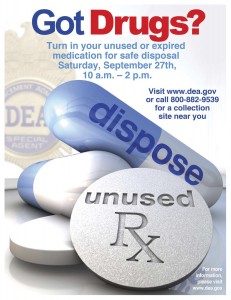2014 October 9
By Andrea Bennett
The Yellow Warbler, Setophaga petechia. (Photo courtesy of Bert Filemyr, Delaware Valley Ornithological Club)
It’s fall migration season, and if you go out for a walk near a stream in the woods, you may see migrating songbirds, such as the Yellow Warbler, Setophaga petechia. After a summer in North America, this brilliantly colored bird – all yellow with streaks of red on its breast – is on its way back to Central and northern South America to spend the winter. Through the spring and summer months, Yellow Warblers look for spots in woods near streams and wetlands to build their nests here in the mid-Atlantic region.
Like many migrating birds, Yellow Warblers eat insects. So if no-see-ums get under your skin, hope that a Yellow Warbler comes to nest nearby. These birds also feast on gypsy moth larvae, plant lice and other pesky pests, so having songbirds in your neighborhood can put a significant dent in the insect population.
Unfortunately though, according to the North American Breeding Bird Survey the number of songbirds in North America has been decreasing since the 1960s. Our world is a dangerous place if you’re a songbird: tall buildings, TV and radio towers, power lines, high voltage wires, pesticides, and predators all pose threats. Another critical threat to the migratory bird populations is the decrease in woodland habitat caused by expanding development near waterways where the birds feed and raise their young.
But here’s the good news: there are lots of relatively easy things we can do to help preserve the bird population. Since songbirds often fall prey to outdoor cats, consider keeping your pet cat inside or outfitting your family’s feline with a “cat bib” for outside roaming without harming birds. Consider non-pesticide methods of controlling pests, or limiting pesticide use to when it’s absolutely necessary. And we can make our manmade environment more bird-friendly too. Adding bird deterrent structures to buildings and communication towers can help birds find a safer route.
If you happen to live near a stream, you can help our songbirds even more by developing riparian buffers. EPA and states work together to plant and protect stream channels and corridors, which not only provide habitat for birds and other wildlife, but also improve water quality. Together, we can help insure that these beautiful winged “insect terminators” come back to our neighborhoods every summer.
About the Author: Andrea Bennett is a biologist with EPA. Andrea enjoys birding, kayaking and playing the mandolin and she is a member of her local watershed protection team.
Editor's Note: The opinions expressed here are those of the author. They do not reflect EPA policy, endorsement, or action, and EPA does not verify the accuracy or science of the contents of the blog.




